
Pre-eclampsia
High blood pressure in pregnancy
An educational
initiative
supported by

Written by experienced doctors, midwives and other medical professionals – and approved by a specialist Editorial Board
Enhancing the Welfare of Women
Expert Health Information for Women



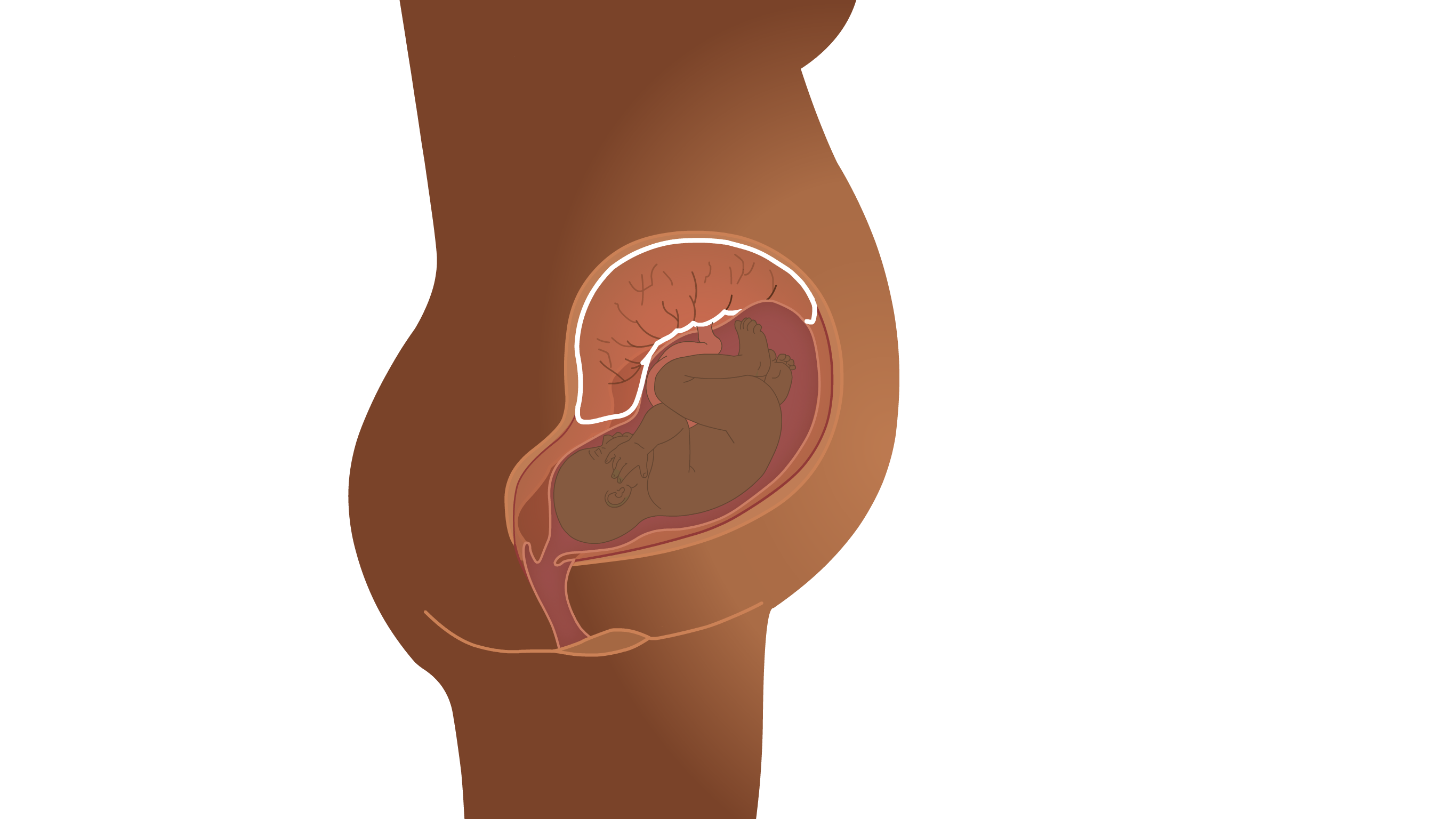

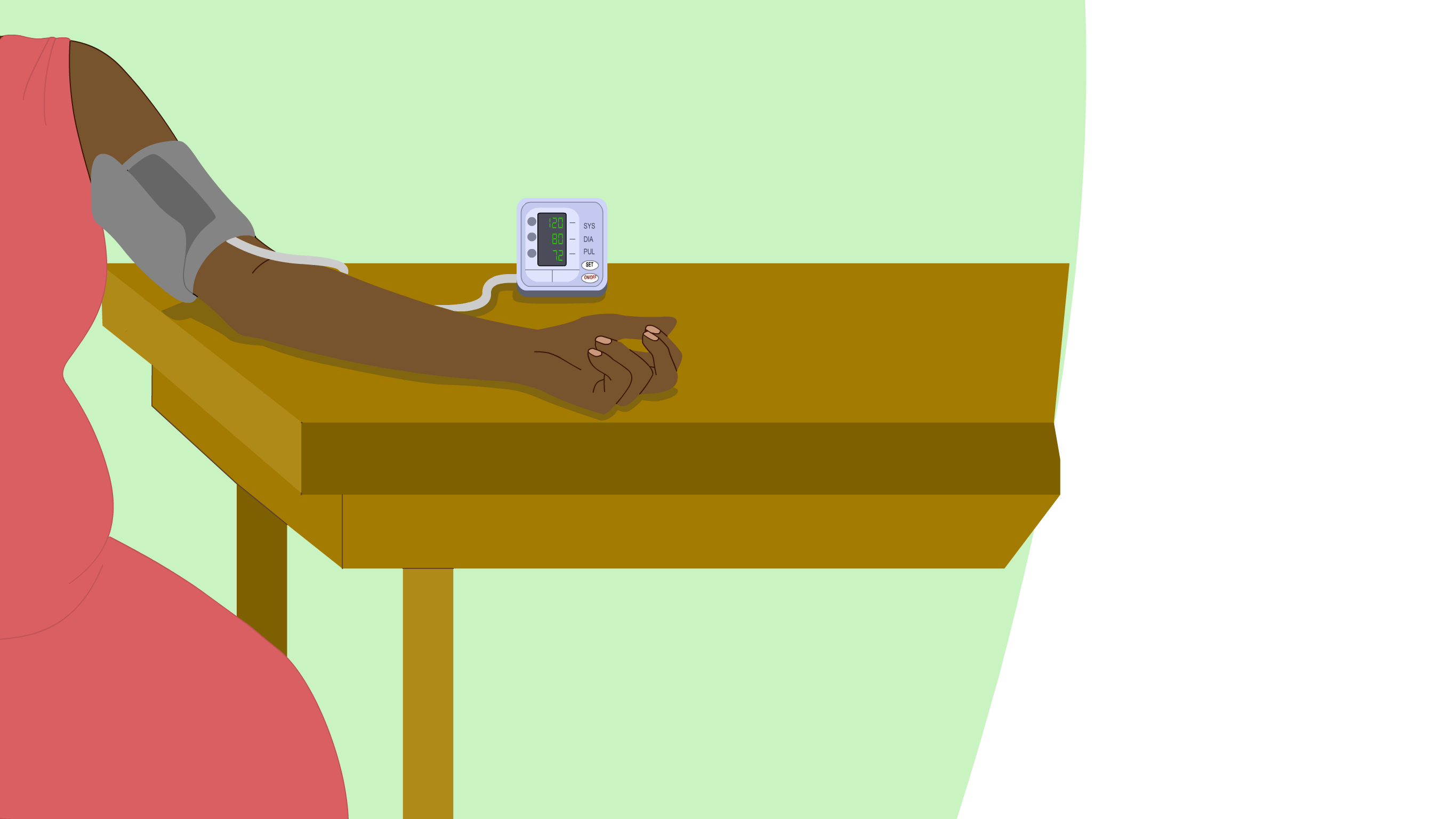



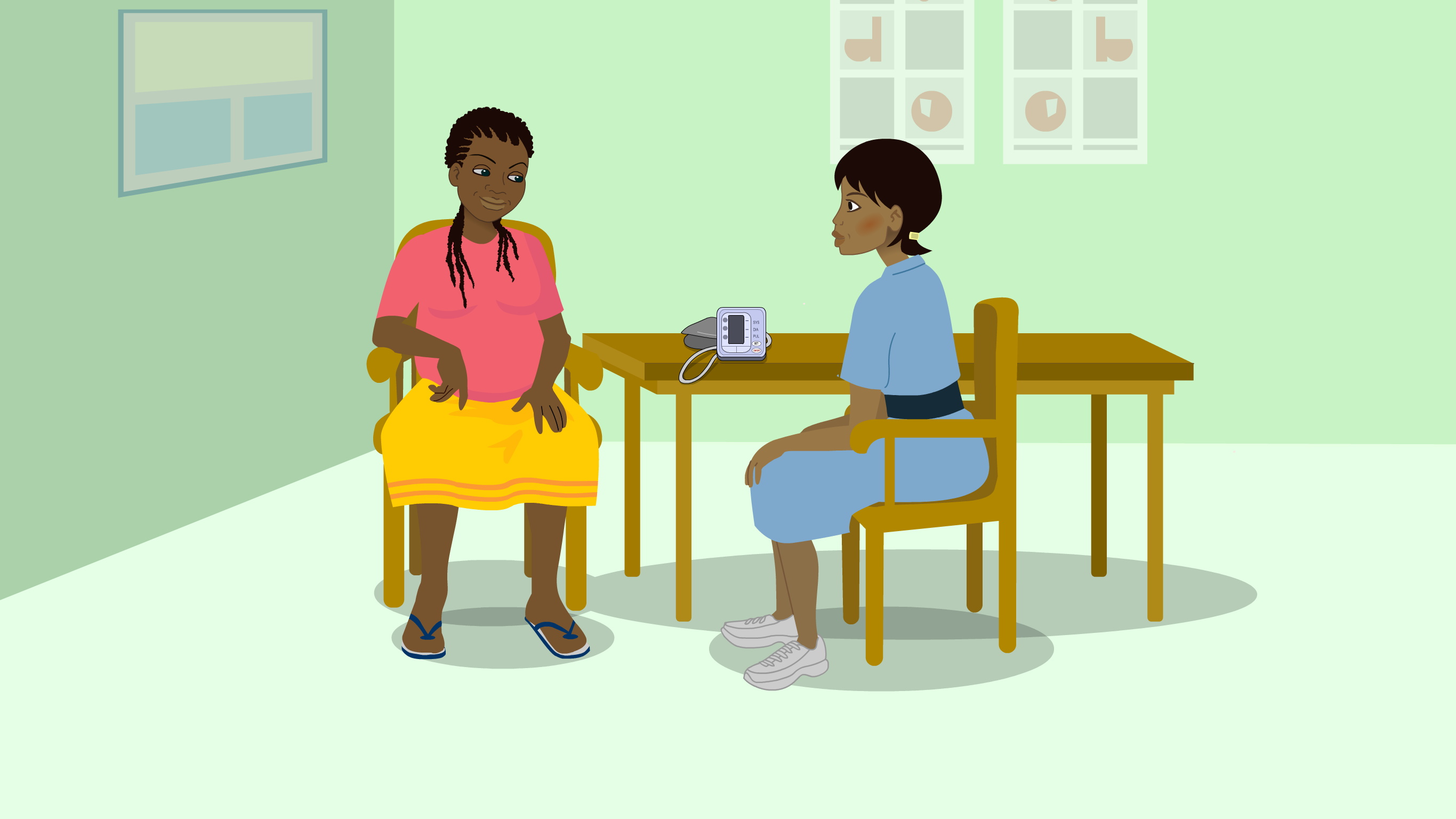








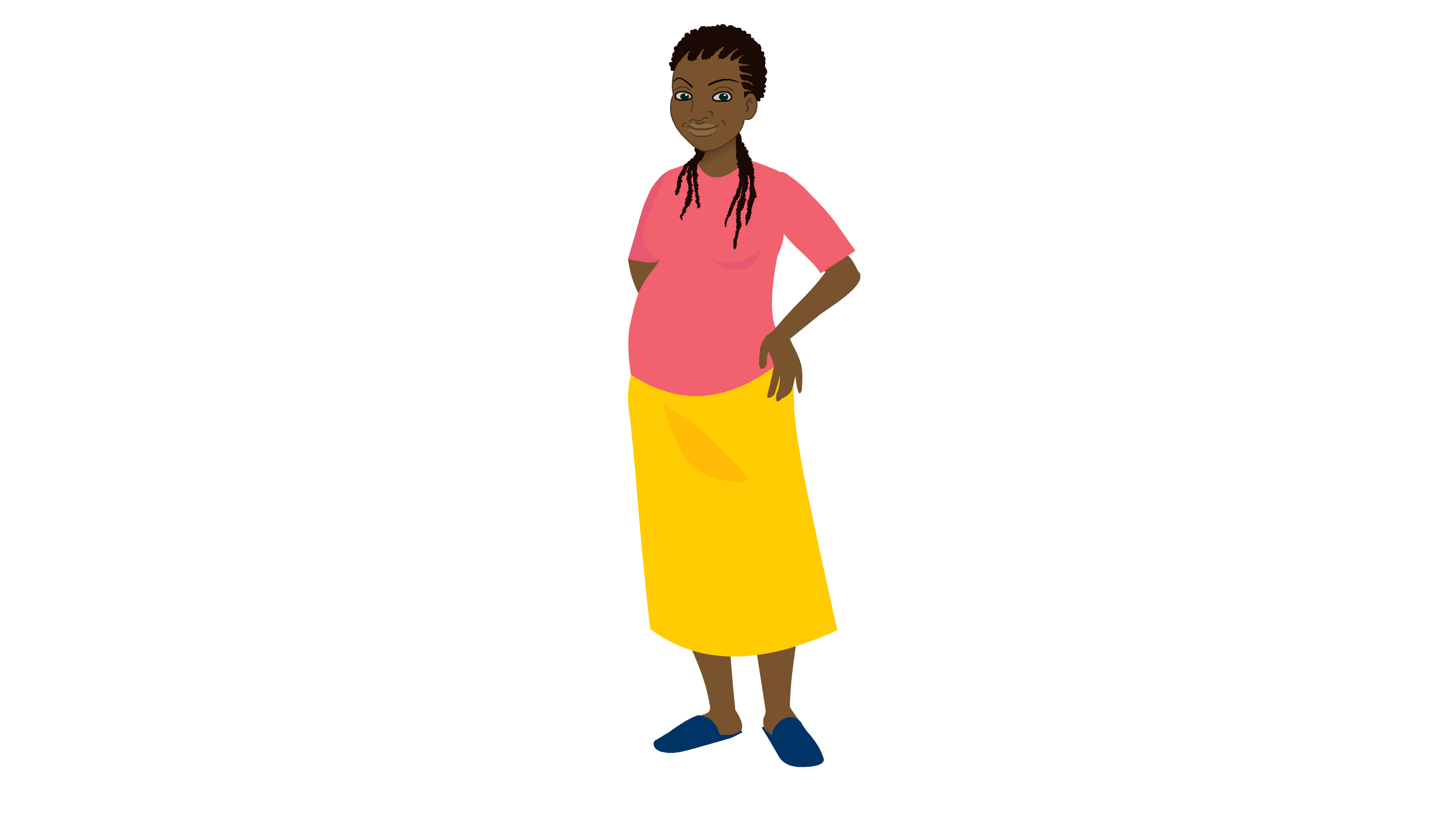

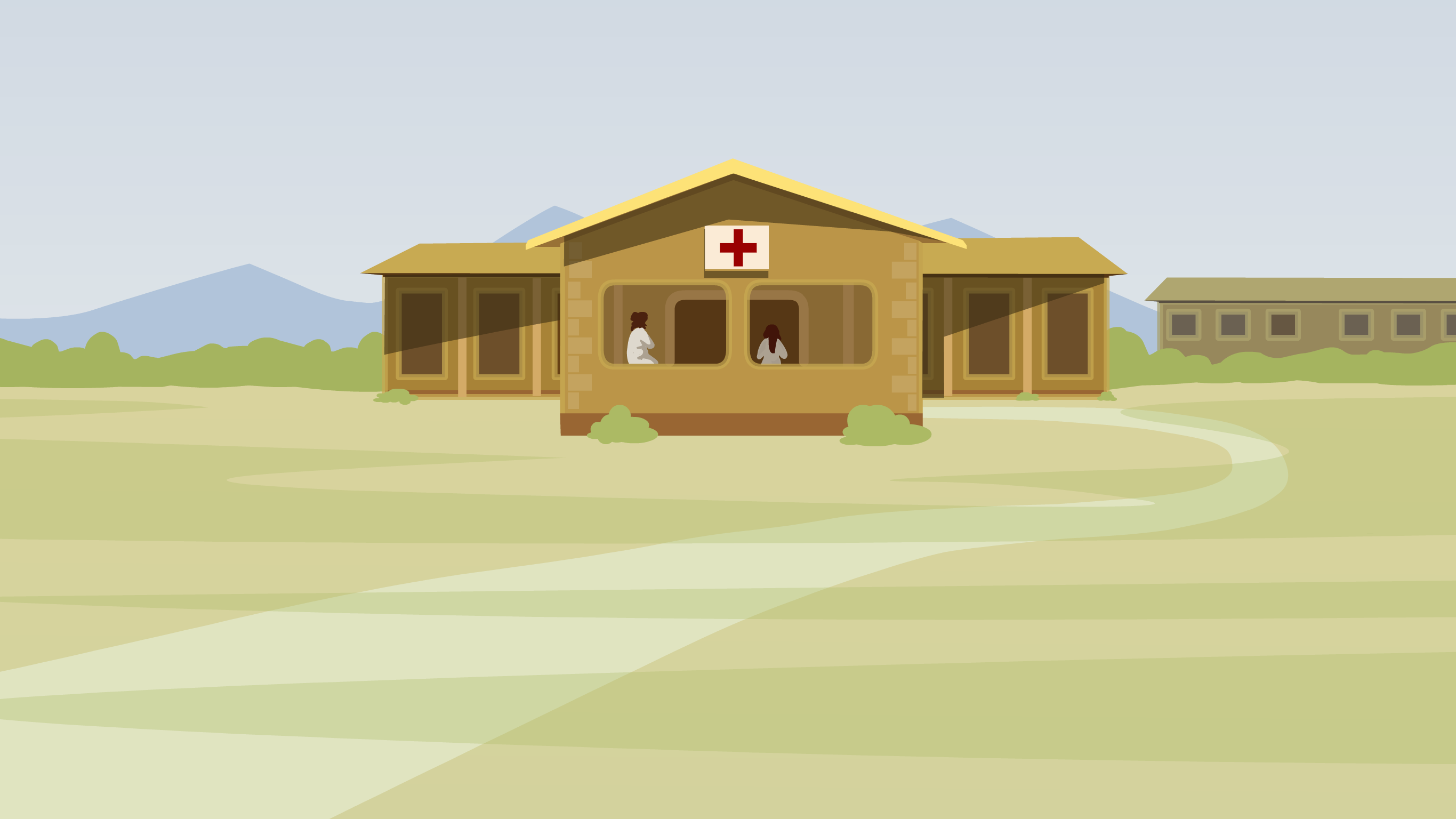

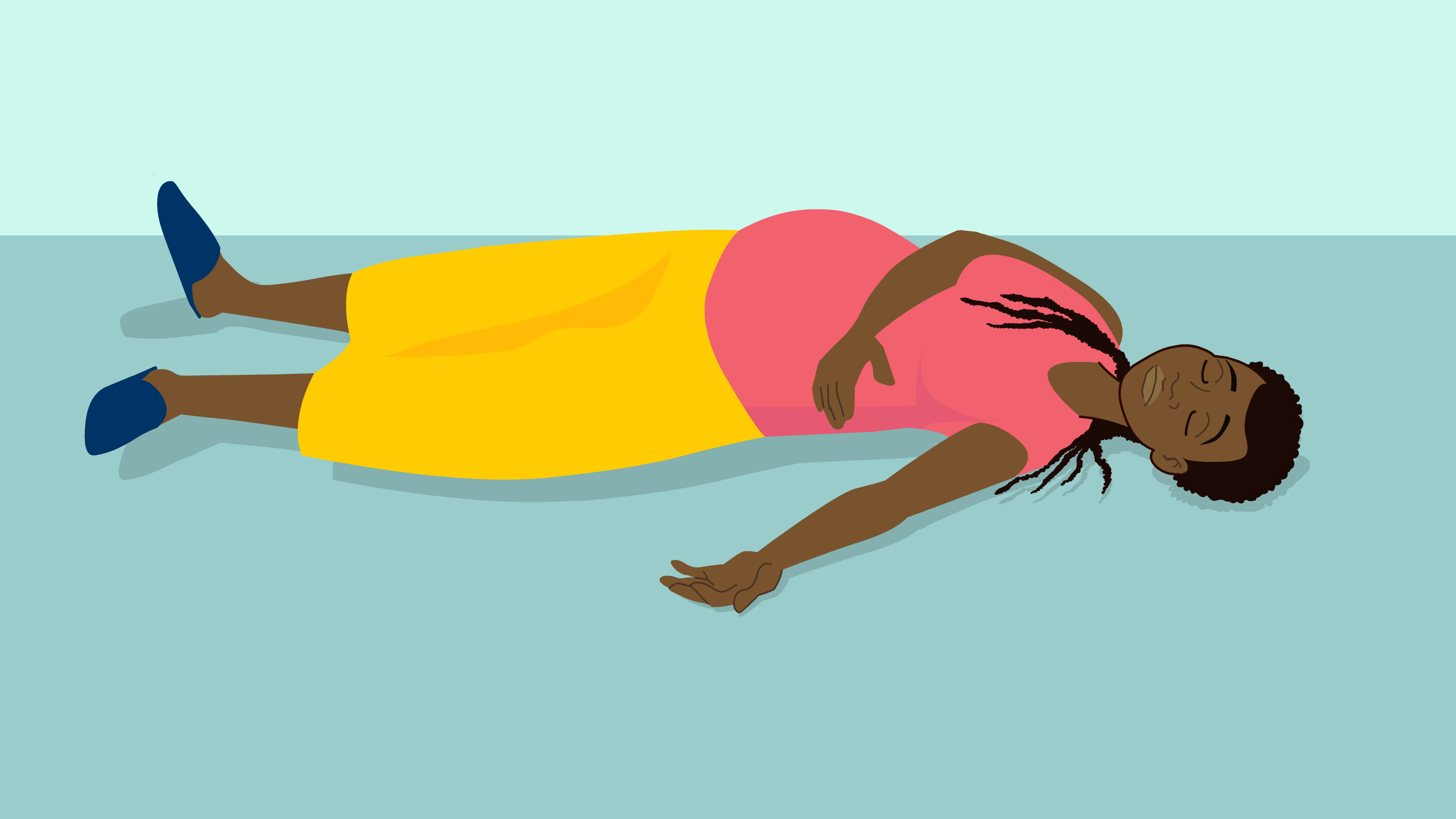

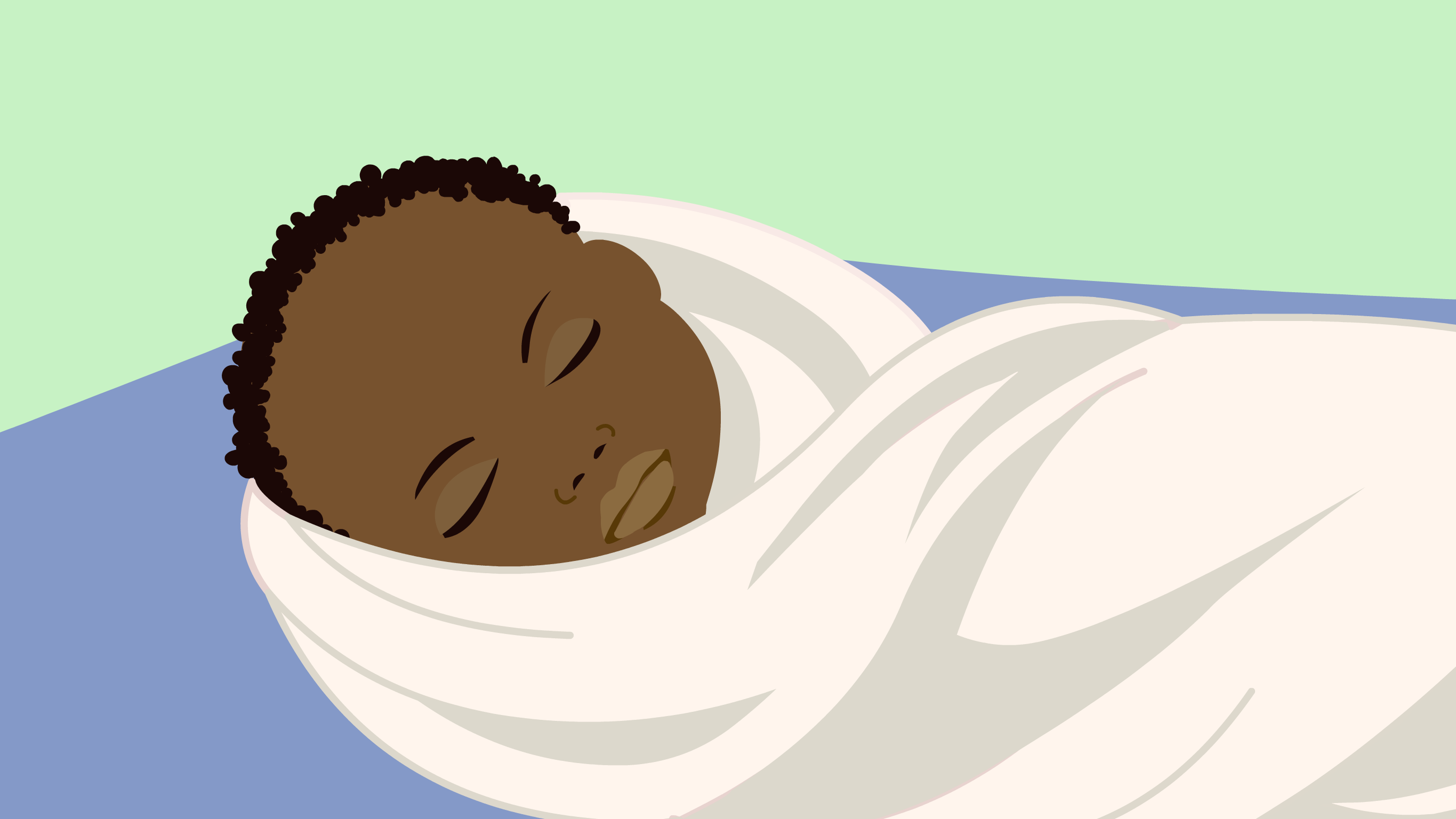

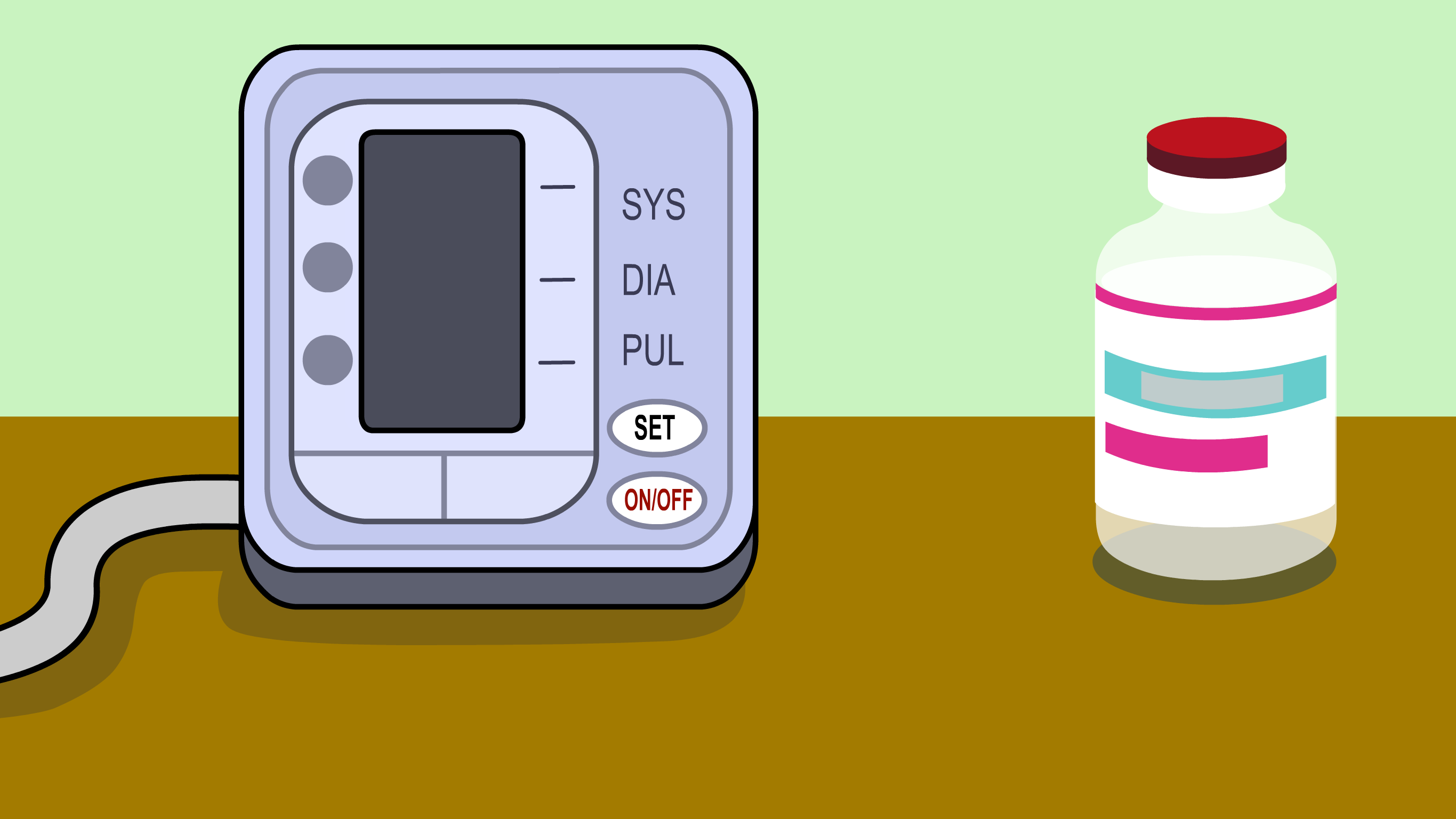

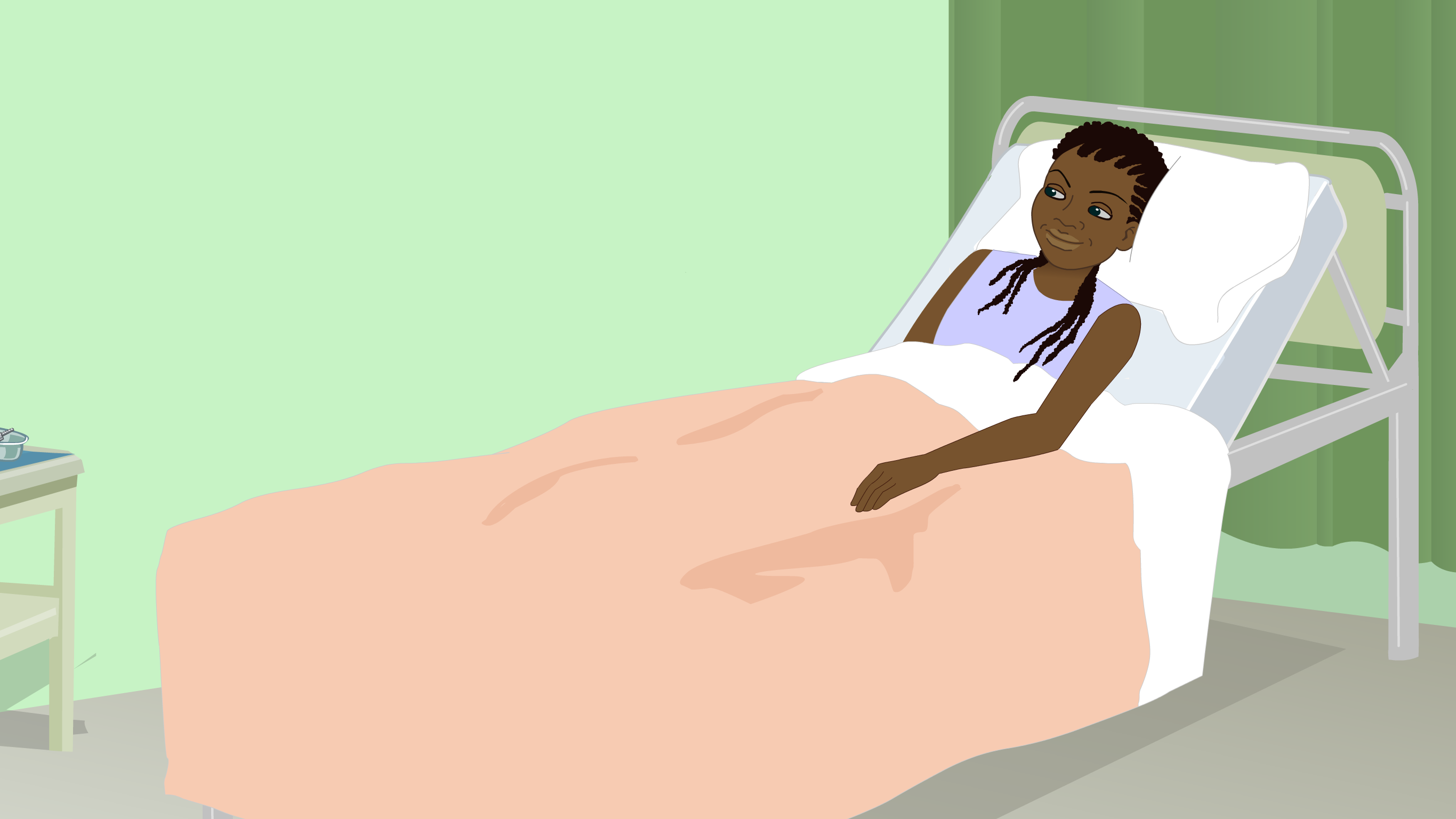


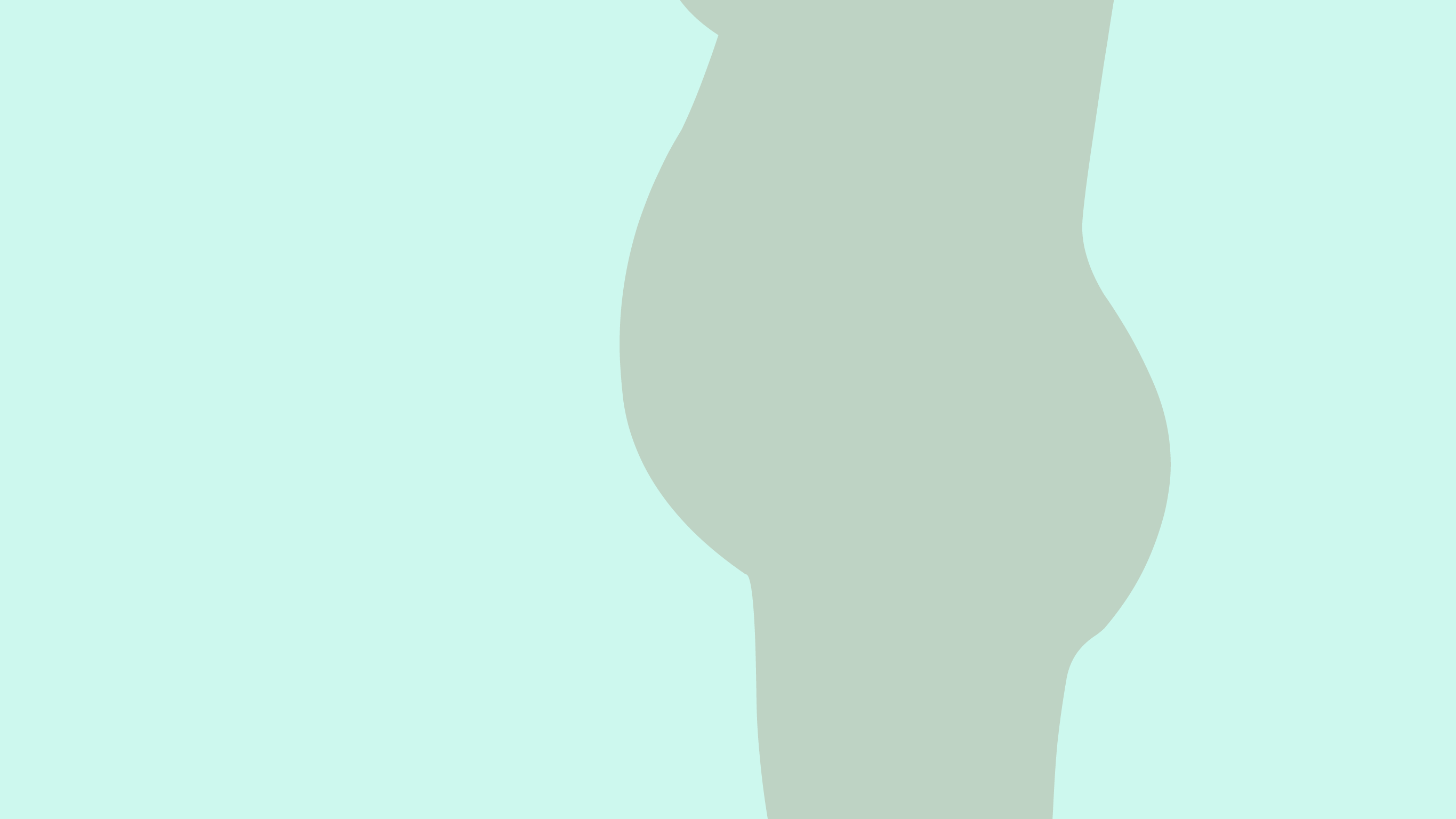
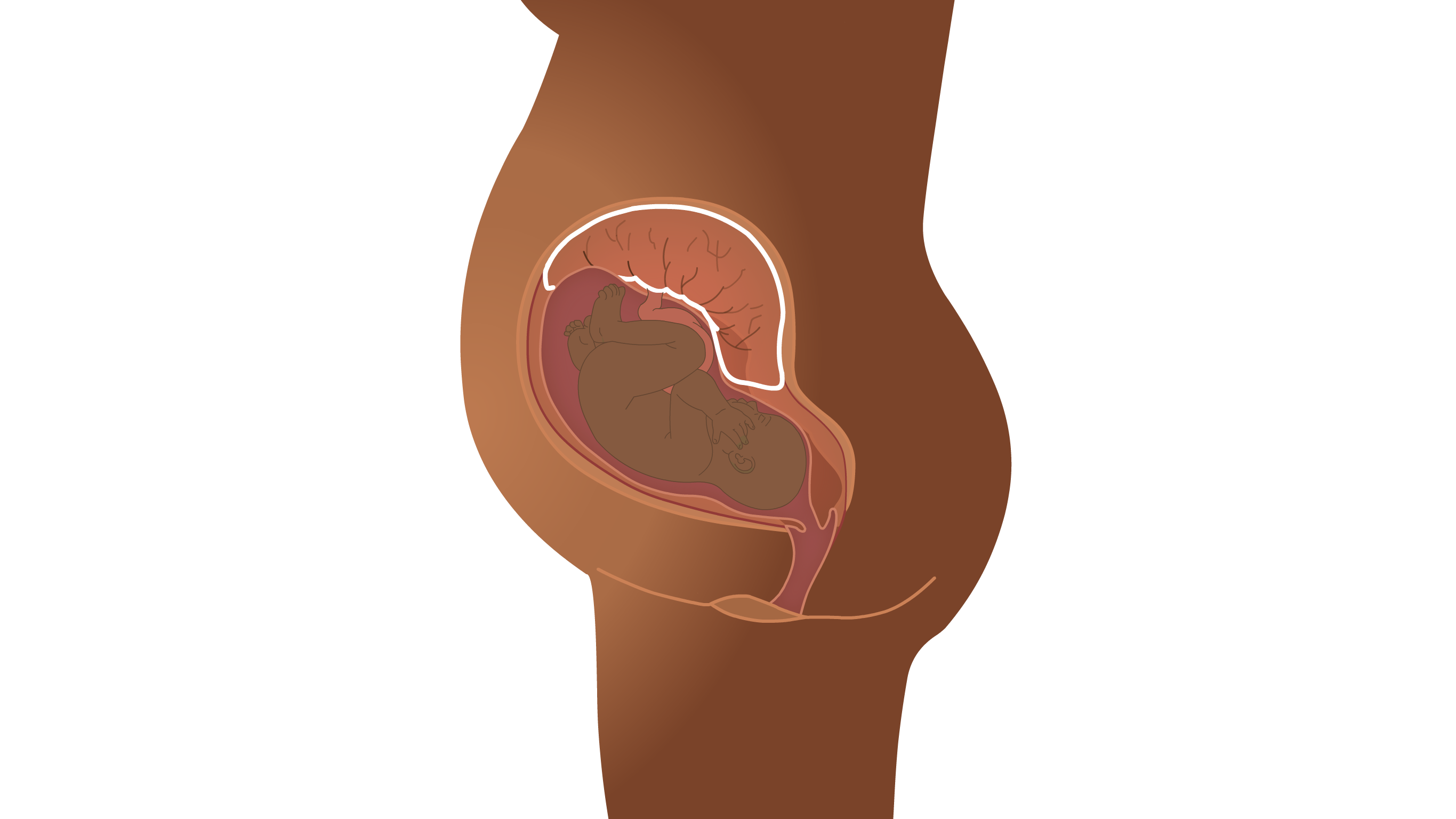

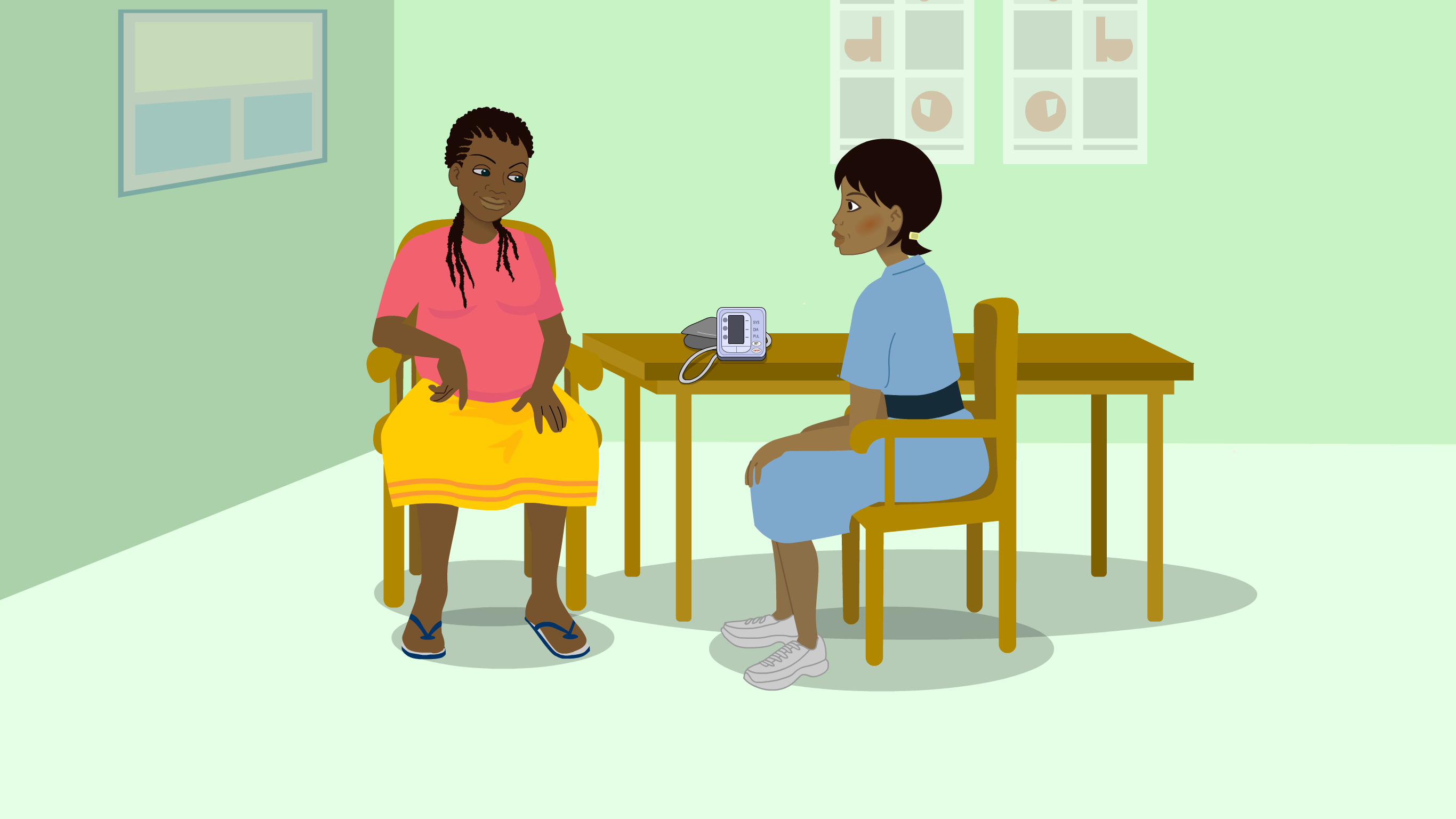

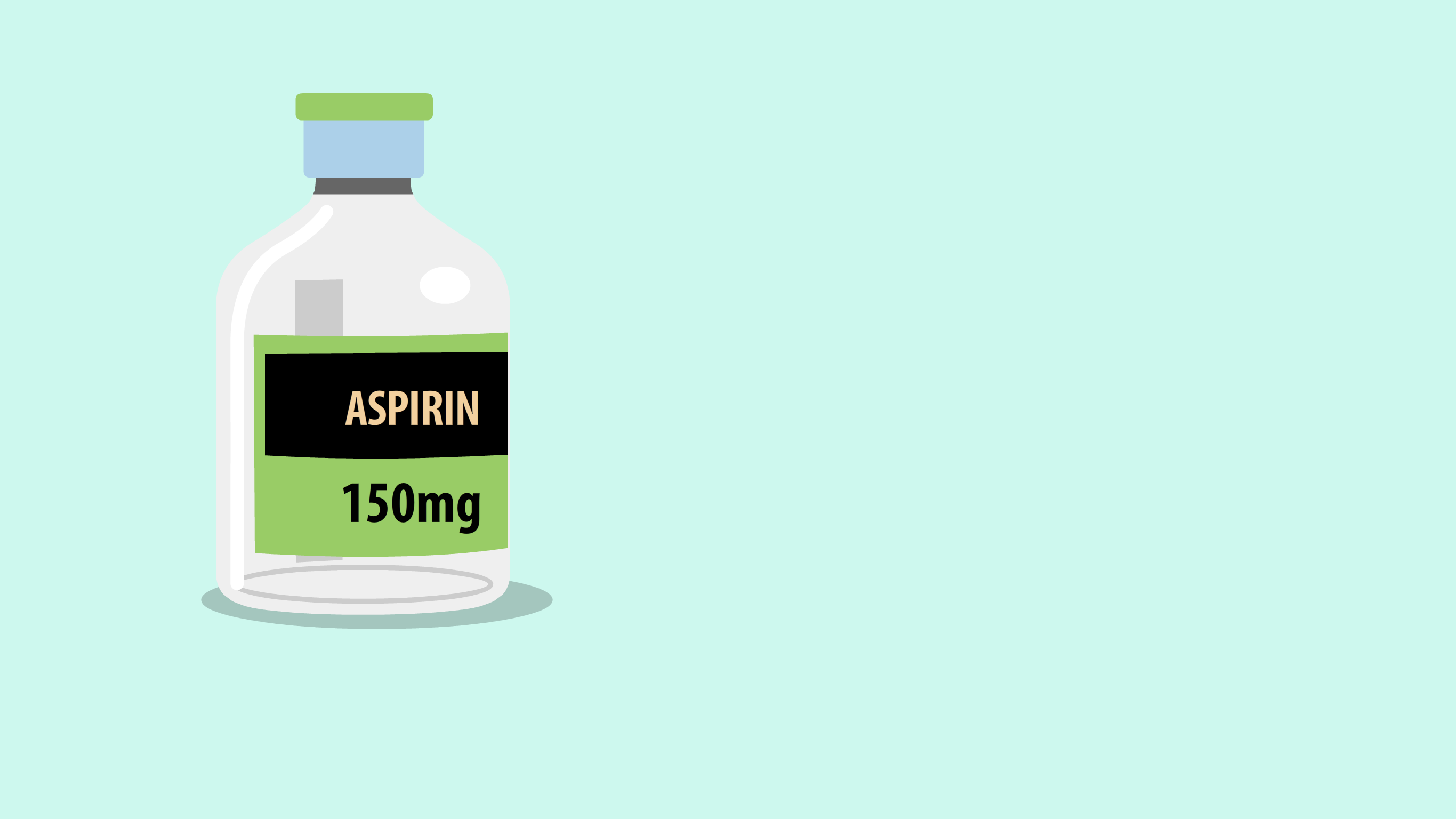
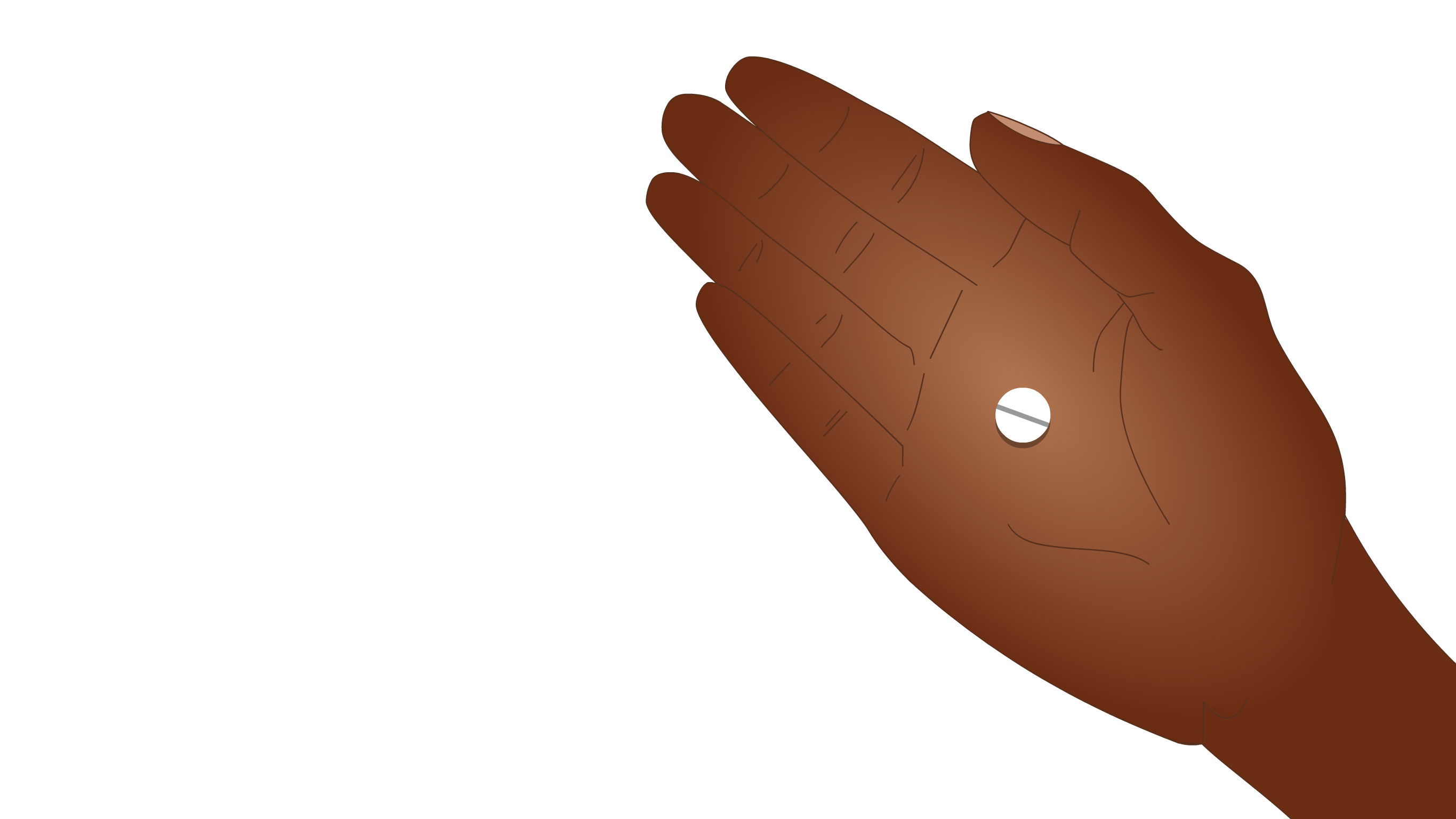

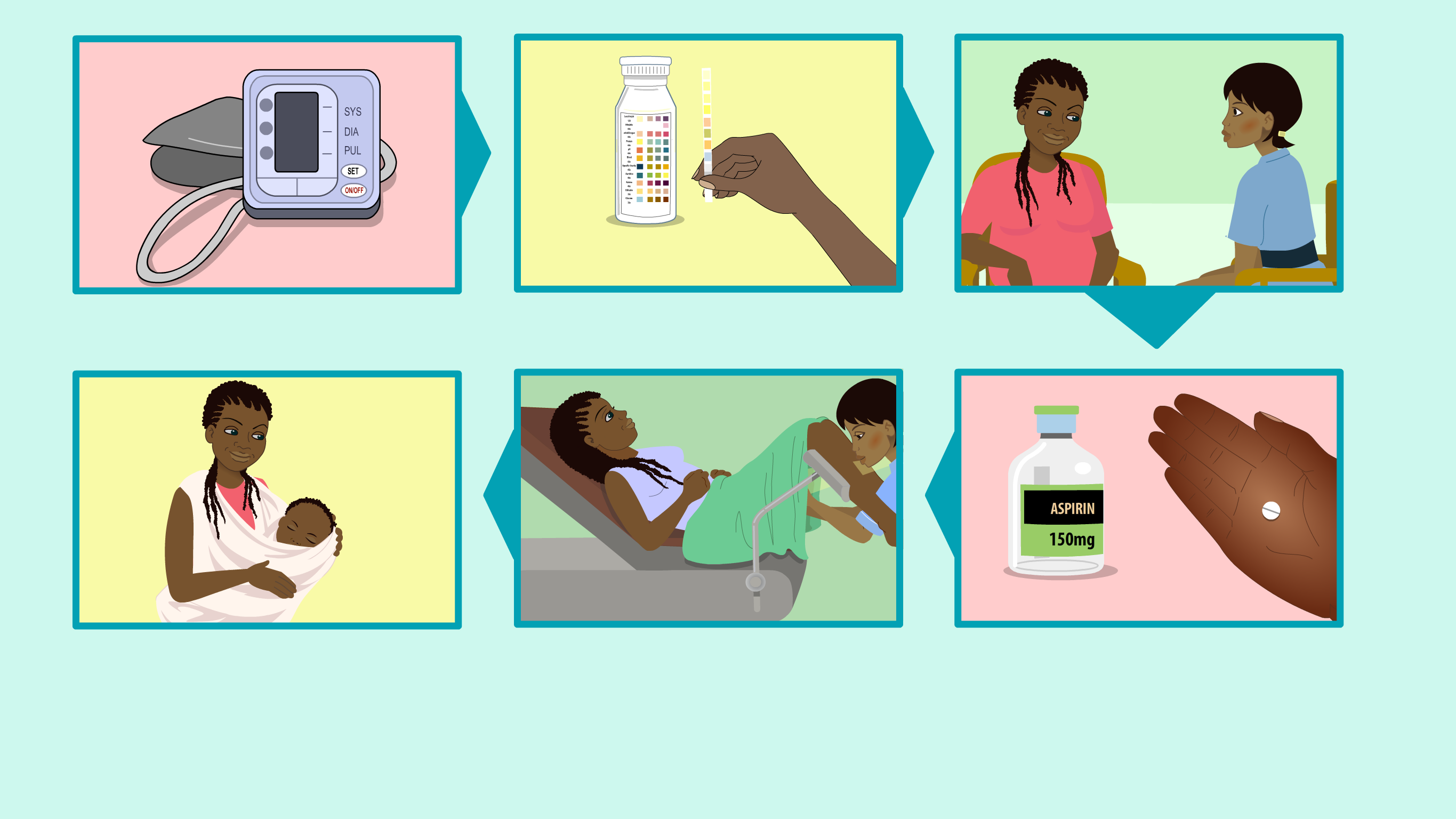

The authors of this PRE-ECLAMPSIA program are:
- Dr Anastasia Martin
University Hospital Sussex, UK - Dr Katy Kuhrt
King’s College London, UK - Dr Louisa Samuels
King’s College London, UK - Dr Rossetta Cole
Princess Christian Maternity Hospital, Freetown, Sierra Leone - Dr Thomasia Weekes
Princess Christian Maternity Hospital, Freetown, Sierra Leone
The Welfare of Women program has been created under the General Editorship of Dr Kate Lightly, University of Liverpool, UK and is overseen by an expert International Editorial Board
The cost of producing this resource has been partly funded by an educational grant from GSK
What is pre-eclampsia?
Pre-eclampsia is a complication of pregnancy which causes the mother to have raised blood pressure and protein in the urine. It can cause the mother to become unwell and can affect the baby's growth and wellbeing. It affects between 1 and 5 in every 100 pregnant women. In most cases, it is mild but around 1 in every 200 women develop severe pre-eclampsia, which can be life-threatening for both mother and baby.
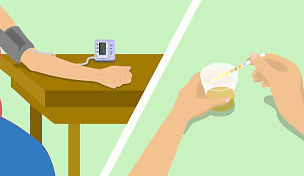
What are the symptoms of pre-eclampsia?
Often, pre-eclampsia does not cause any symptoms, and may be diagnosed during a routine blood pressure and/or urine check at antenatal clinic or when the mother goes to the hospital to deliver her baby. If you do develop symptoms, they may include:
- headache
- swelling of your hands, feet and/or face
- problems with your eyesight (blurry vision or flashing lights)
- severe pain at the top of your abdomen
- nausea and vomiting
What should I do if I have any of these symptoms?
If you have any of these symptoms of pre-eclampsia you should visit your healthcare worker at antenatal clinic as soon as possible.
What complications can pre-eclampsia cause?
If a woman has severe pre-eclampsia, organs in the body like the liver, kidney or brain can be affected and there may be problems with blood clotting. Occasionally pre-eclampsia can develop into eclampsia, where the mother has a seizure or fit (whole body shaking).
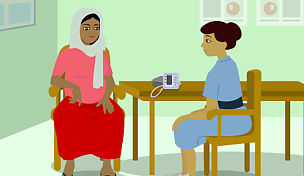
Pre-eclampsia affects how the placenta (the connection between the mother and baby) works. This can cause the baby to be smaller than expected. In some cases, if the placenta is severely affected, the baby may become very unwell or even die in the womb. If this is suspected, doctors may recommend that the baby is delivered early (before 37 weeks of pregnancy), in order to increase the chances of the baby surviving, and to prevent the mother from becoming seriously unwell.
Who is more likely to get pre-eclampsia?
Pre-eclampsia can happen in any pregnancy but some women are at higher risk if:
- there is a history of raised blood pressure outside of pregnancy
- blood pressure was raised or the woman had pre-eclampsia in a previous pregnancy
- the woman has a medical problem like kidney disease, or a condition like lupus, which affects the immune defence system
- the woman has Type 1 or Type 2 diabetes.
Other risk factors for pre-eclampsia include, if the woman is over 40 years old, if it is her first pregnancy, if she is overweight, her mother or sister had pre-eclampsia or she is pregnant with more than one baby.
If the woman has any of these risk factors, she should talk to her healthcare worker about whether she should take a medicine called aspirin. It is recommended to take a low dose (75–150 mg) every day. The medicine should ideally be started from 12 weeks or at least before 20 weeks of pregnancy and continued until birth, to reduce the risk of developing pre-eclampsia. Starting aspirin early in the pregnancy increases the chances of a better outcome.
How will I be cared for if I have pre-eclampsia?
If a woman is diagnosed with pre-eclampsia she should be monitored more closely during her pregnancy. All women should attend their 8 normal checks during their pregnancy but may need extra checks depending on the severity of the disease. In mild pre-eclampsia they may need weekly visits, to monitor blood pressure and urine levels. In moderate disease, they may need to have blood pressure checked more frequently, every 1–2 days, and they may be offered scans (if available) to check that the baby is growing. In severe disease,
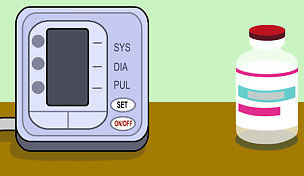
the woman may be admitted to hospital to offer much closer blood-pressure monitoring and given medication to lower the blood pressure. If the blood pressure remains very high, the baby may have to be delivered early to protect the mother.
The only cure for pre-eclampsia is the baby being born, but complications can still happen within the first few days after delivery, so the woman should be monitored during that time with regular blood-pressure checks before she can go home safely. Some women may need to continue with blood pressure tablets for a few weeks or months after the birth.
Women with pre-eclampsia have a higher risk of developing it again if they become pregnant in the future, and they also have a higher risk of developing raised blood pressure, stroke and heart disease in later life. A healthy lifestyle (not smoking, eating a balanced diet with plenty of fruit and vegetables and exercising regularly) can help to reduce these risks.
The authors of this PRE-ECLAMPSIA program are:
- Dr Anastasia Martin, University Hospital Sussex, UK
- Dr Katy Kuhrt, King's College London, UK
- Dr Louisa Samuels, King's College London, UK
- Dr Rossetta Cole, Princess Christian Maternity Hospital, Freetown, Sierra Leone
- Dr Thomasia Weekes, Princess Christian Maternity Hospital, Freetown, Sierra Leone
The Welfare of Women program has been created under the General Editorship of Dr Kate Lightly, University of Liverpool, UK and is overseen by an expert International Editorial Board
The publishing reference for this program is: DOI 10.3843/GLOWM.w10063
The Welfare of Women information program is an attempt to provide women everywhere with access to reliable information about key health issues that may be relevant to them. Information is offered at three separate levels which women may select according to their preferences; firstly, short video animations with voice commentary, secondly, more detailed text-based descriptions, and thirdly, links to recommended further reading. With the animated videos, women can also select the images that they feel most comfortable in viewing from a short range of very generalized and non-specific ethnicity options. Because of the special programming used, both the videos and the text information can – when authorized – be translated into any language in a simple and rapid manner.
Recommended links for more comprehensive and detailed reading
The following websites provide more comprehensive and extensive information on this topic, which is both reliable and strongly recommended for readers who want to learn more than the details provided above:
Pre-eclampsia Q+A with Prof Andrew Shennan and Prof Jenny Myers
https://www.youtube.com/watch?v=Q57kTy1tpcs&ab_channel=APEC-UK
Documentaries showcasing the challenges of pre-eclampsia in different communities, available in Creole and Shona
https://apecint.org/women-families/films-information/
Pre-eclampsia leaflets available in different languages
https://action-on-pre-eclampsia.org.uk/public-area/pre-eclampsia-information/download-our-leaflets-in-your-language/
APEC international – website containing resources on pre-eclampsia for both patients and professionals
https://apecint.org/
Resources the author(s) used in preparing this guidance
Information on pre-eclampsia on the APEC-UK website
https://action-on-pre-eclampsia.org.uk/public-area/pre-eclampsia-information/
FIGO initiative on pre-eclampsia, 2019
https://obgyn.onlinelibrary.wiley.com/doi/10.1002/ijgo.12802
APEC international – website containing resources on pre-eclampsia for both patients and professionals
https://apecint.org/
RCOG patient information leaflet on pre-eclampsia
https://www.rcog.org.uk/media/rnulgc5d/pi_pre-eclampsia-2022.pdf
NICE hypertension in pregnancy guidelines
https://www.nice.org.uk/guidance/ng133
WHO recommendations for prevention and treatment of pre-eclampsia and eclampsia
https://www.who.int/publications/i/item/9789241548335

